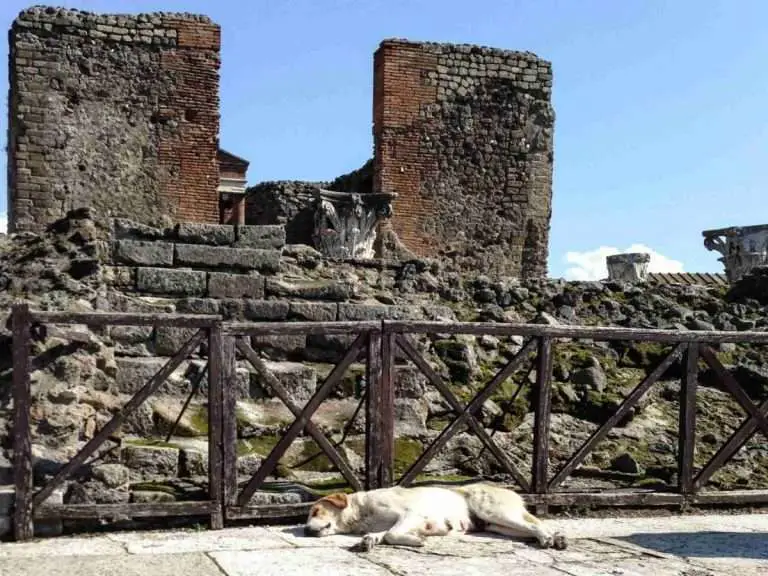The Rise and Fall of Rome Found in Layers of Arctic Ice

Scientists and historians have long used archaeology, a social science, to understand the living conditions and motivations of the people who lived in Ancient Rome. Now earth scientists have discovered a new way to interpret the chronology of the Roman Empire.
On Monday, scientists revealed that millennia-old pollution trapped in Arctic ice sheets in Greenland showed how Rome’s silver smelting output related to coin production could help us understand the empire’s periods of feast and famine.
The new paper contains findings that Roman historians can already apply to their work. It finds that Rome’s economy waxed and waned, following well-documented events in its history, including wars and plagues. In 218 b.c., for instance, when Rome fought with Carthage in the Second Punic War, lead pollution appears to fall—and then it rises, abruptly, as Roman soldiers seized Carthaginian mines in southern Spain and put them to use. It also detects nonviolent events: When Rome debased its currency, reducing the amount of silver in each denarius coin in 64 a.d., lead pollution in the air fell.
And it provides crucial economic context for some of the most pivotal events in Roman history, including the death of Julius Caesar (and the birth of Jesus of Nazareth). The Crisis of the Roman Republic—the series of civil wars and political strife, spanning 134 b.c. to 27 b.c., that brought the Roman Republic to an end— were associated with a broad period of economic stagnation and disintegration, the study finds. And the early Roman Empire—especially the Pax Romana, the 206 years of mostly uninterrupted peace throughout the Mediterranean—were accompanied by an economic boom. When compared with other studies, research suggests that Western Europe may have seen higher lead emissions during the Pax Romana than at any time prior to the Industrial Revolution, nearly 1,800 years later.

To read more about this fascinating study, head over to The Atlantic (link below). For a closer glimpse of the Roman coins that were produced during the days of empire, consider adding a visit to the Capitoline Museums or the National Roman Museum when you visit Rome.

via Ancient Rome’s Collapse Is Written Into Arctic Ice – The Atlantic
Last updated on December 11th, 2020Post first published on May 17, 2018







